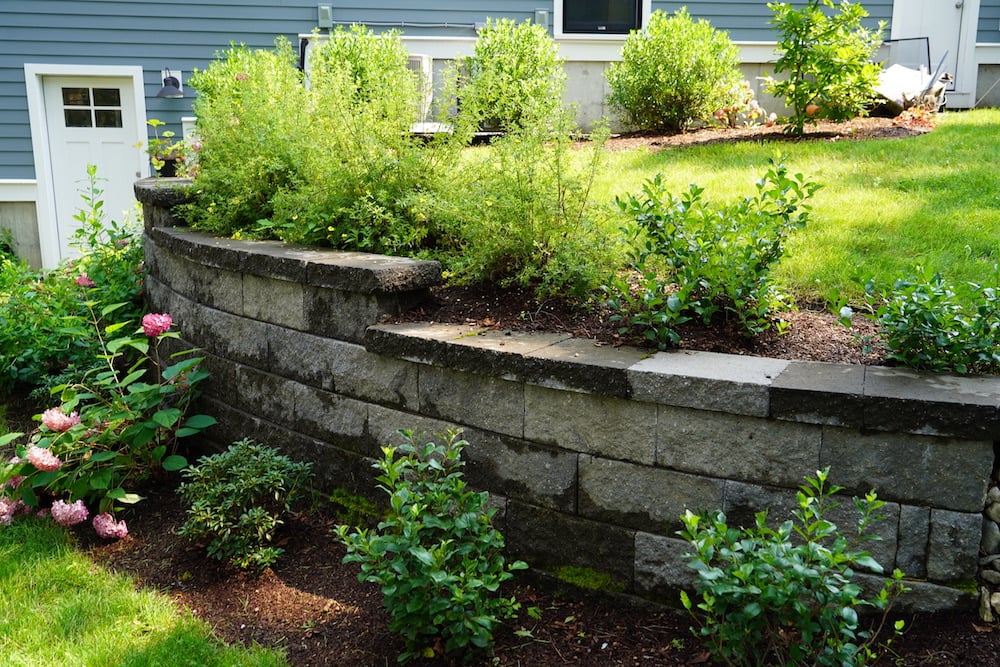When planning your hardscaping project, one of the first things you must consider is the current lay of the land. Adding hardscape to a piece of land that is flat will very likely require less labor (and therefore, less of your budget) to achieve the look you’re going for than on a piece of land that is sloped, rocky, or rutted out from excess rain runoff. The less major altering you do to the current lay of your land, the more money you’ll be able to save.
But, if you want to turn a hill into a flat spot, or vice versa, there is a lot of earth-moving involved. The same can go for adding terraces or walls, or even when flattening areas for walkways and paths. You may find that the job is beyond what can be done efficiently with shovels and buckets. If this is the case, it may be necessary to go a step further and use heavy machinery.

A motorized digger, such as a mini excavator or other type of small tractor, can be rented from a local equipment rental or lawn and garden company. Some places may allow you to operate the machinery on your own, while others will require you to utilize one of their experts to run the equipment.
Another thing to consider is if you aren’t starting your hardscaping project from scratch, you must think about if your pre-existing hardscape fits your vision for your future lawn, garden and overall landscape design. For example, do you need to work around an existing irrigation system, or will you be adding new sprinklers?
If you currently have features that can remain in your space, you’ll be able to cut costs by retaining some of your current hardscape. Otherwise, removing and disposing of any old hardscape materials that no longer suit you could increase your project costs.